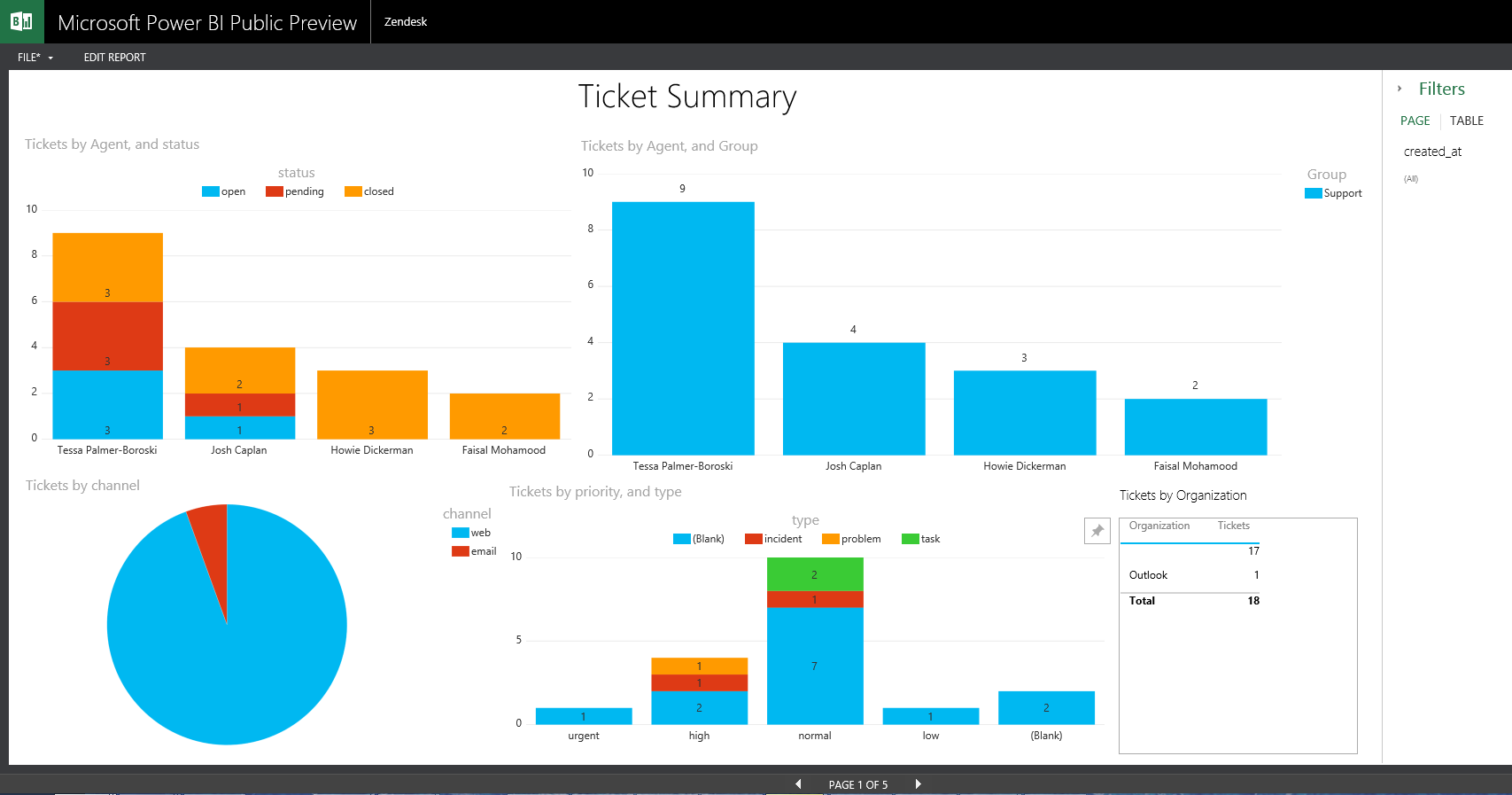

So if you have owner permissions to the dataset, either in Desktop or the program used to create the dataset (for example, Excel), you can fix this problem. Unfortunately, only the dataset owner can change the way a field is categorized. Maybe the dataset owner defined the field as text and that explains why Power BI can't sum or average it.

Typically, the underlying issue is the field definition in the dataset. Or maybe you have a field, like a year, and you don't want to aggregate it, you just want to count the number of occurrences. Maybe you have a numeric field and Power BI won't let you change the aggregation.

Working with aggregates in Power BI can be confusing. Why don't aggregates work the way I want them to? It's easy to identify measures in the Power BI report editor - The Fields list shows measures with the ∑ symbol next to them. Power BI refers to some numeric fields as measures. For example, "Units Sold by Product", "Units Sold by Month" and "Manufacturing Price by Segment". When you create a visualization, Power BI aggregates numeric fields (the default is sum) over some categorical field. Segment, Country, Product, Month, and Month Name contain categorical data. Units Sold and Manufacturing Price are columns that contain numeric data. Special types of data, like dates, have a few of their own aggregate options: earliest, latest, first, and last. If you try to aggregate a categorical field by placing it in a numeric-only bucket like Values or Tooltips, Power BI will count the occurrences of each category or count the distinct occurrences of each category. Power BI can even aggregate textual data, often called categorical data. Power BI can aggregate numeric data using a sum, average, count, minimum, variance, and much more. At the most basic level, the data is either numeric or it isn't. Most datasets have more than one type of data. There are several different ways to manage and change the aggregate Power BI uses in a visualization.įirst, let's take a look at data types because the type of data determines how, and whether, Power BI can aggregate it. Often the aggregate is just what you need, but other times you may want to aggregate the values in a different way. When you create visualizations in Power BI Desktop and the Power BI service, they may aggregate your data. The result of that mathematical operation is an aggregate. When you combine values in your data, it's called aggregating. The mathematical operation could be sum, average, maximum, count, and so on. Sometimes you want to mathematically combine values in your data. APPLIES TO: ✔️ Power BI Desktop ✔️ Power BI service What is an aggregate?


 0 kommentar(er)
0 kommentar(er)
